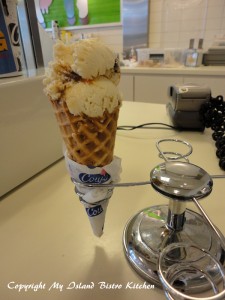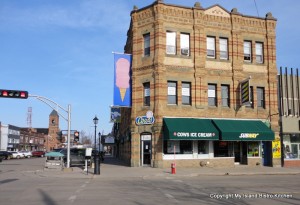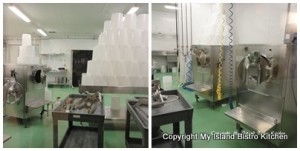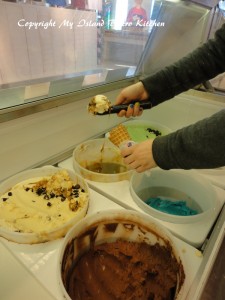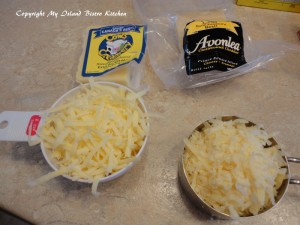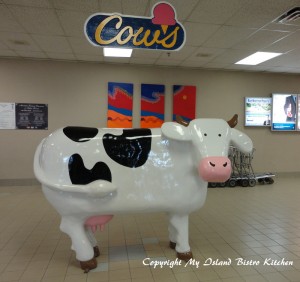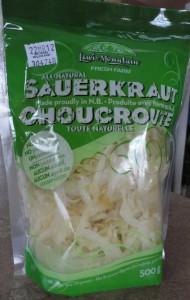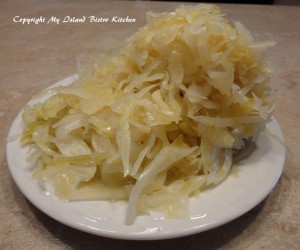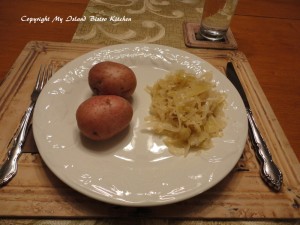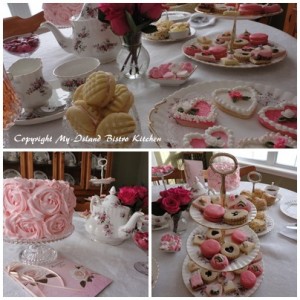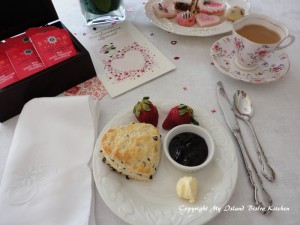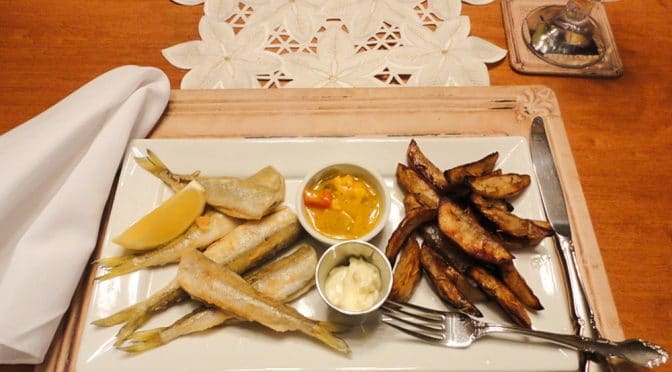[easyrotator]erc_86_1337818639[/easyrotator]
Of all the centerpieces found on dining room tables, the most common will likely involve flowers. For the low-down on floral centerpieces, I sat down for a chat with Michael Jackson of Prestige Floral Studio.
Michael, let’s start by talking about the appropriate height of centerpieces. What is considered to be the optimal height of a floral centerpiece?
Height of table arrangements should be approximately 10”-12”. The flowers should not be positioned so that they are at the height of your guests’ heads as it obstructs their view of each other. An arrangement 15” high would fall into this range.
If you are using a tall, slim pedestal container or a tall, slim glass vase and starting the floral arrangement above the 15” height point, that is okay because the tall slim container will not obstruct guests’ views of each other and the flowers will be up above their viewing range.
Does the shape of the table influence the shape/style of container and floral arrangement?
It is not set in stone but try to keep the shapes of the container and the table the same because it looks better. If you have a round table, use a round container. If your table is square, use a blocky, square container. If you have a long oval table, consider using three round containers or one main centerpiece with smaller satellite arrangements along the length of the table. If you have a long rectangular table, you may wish to consider using three to six smaller containers to extend the flowers outward from the center.
What ideas and suggestions can you give for containers a host or hostess might use for flowers?
You can invest in several different containers that can be used for different dinners. You can also look through your cupboards and use something you already have. For example, soup tureens make suitable containers. Colored bottles of different sizes can be effective containers for single blooms which can then be collected into a grouping arrangement on the table to form a centerpiece.
What considerations should one address when selecting the kind of flowers to use in a tabletop arrangement?
The first is to use unscented or very lightly scented flowers. Second, try to stay with flowers of the season. For example, tulips make a lovely Spring arrangement but are less suitable on a Fall dining table. Third, if you are using flowers from your own garden, make sure they are clean and bug-free and that any pollen has been removed.
Let’s talk about color of the arrangement. What should be matched when selecting colors of flowers? Do I match my dinnerware? For example, my china is mainly white with a border of tiny pink and purple flowers and green leaves.
Yes, match the centerpiece color to your dinnerware. In your example, your arrangement should mainly consist of white flowers with pink and/or purple accent flowers.
Other than a traditional floral centerpiece in the middle of the table, what other options are there for including flowers on the dining table?
Groupings (always use odd numbers) or multiple arrangements – for example, three separate arrangements on a long table.
Including small matching individual arrangements at each place setting is another way to disperse flowers around the table. The host/hostess can then present each guest with one of the miniature arrangements to take home at the end of the dinner.
Terrariums and low glass planters are becoming a trend in table centerpieces. They have an earthy look to them and can have thematic arrangements inside that include stones or shells, plants, driftwood, and mosses.
So, this would be suitable on a table set with earthenware dishes but perhaps not so appealing if it was set with my fine bone china with pink and purple flowers?
Correct. Be sure to match the surroundings and dinnerware.
So, what are some other trends in table centerpieces?
In the Summer, consider citrus colors – orange, lime, and lemon. You can add citrus fruits to the floral arrangement or place some on the table around the arrangement.
In the Fall, sunflowers, vases of chestnuts, acorns, grasses, and candles can be used singly or combined to make wonderful seasonal decorations for the dining table.
What suggestions or recommendations do you have for the host or hostess who wants to create his or her own centerpiece?
Go simple and use a single variety of flowers only – for example, use all roses instead of a mixed bouquet of flowers. Don’t try to do stylized arrangements and worry about getting the flowers arranged just so but don’t just stick them in a vase either. I suggest clustering the flowers together in your hand to form an appealing looking bouquet and then fitting them into an appropriate container.
Thank you, Michael, for these great tips on using flowers for dining table centerpieces. And, thank you for the stunning Summer table setting you prepared for this interview!
Michael Jackson is the florist at Prestige Floral Studio located at 595 Read Drive, in Summerside, PEI. Michael studied floral design at Humber College and worked on Toronto’s Bay Street for over 20 years designing high-end corporate and wedding floral arrangements. The lure of family and the opportunity for a floral design business drew Michael back to his native Prince Edward Island in early 2011 when he opened Prestige Floral Studio. You can check out some of Michael’s extraordinary floral designs by visiting his website at www.prestigefloral.ca.
Thank you for visiting “the Bistro” today.
There are lots of ways to connect with “the Bistro” through social media:
Join My Island Bistro Kitchen on Facebook
Follow the Bistro’s tweets on twitter @PEIBistro
Find the Bistro on Pinterest at “Island Bistro Kitchen”
Follow along on Instagram at “peibistro”


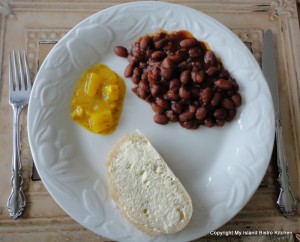
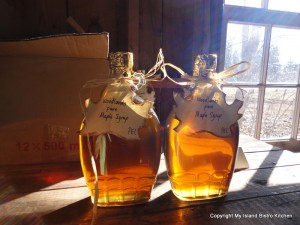
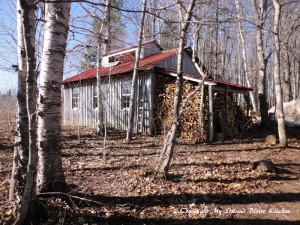
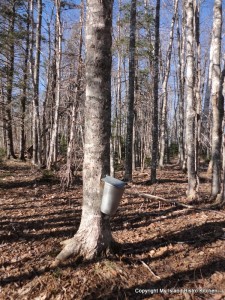
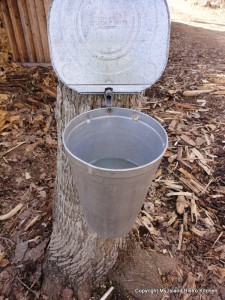
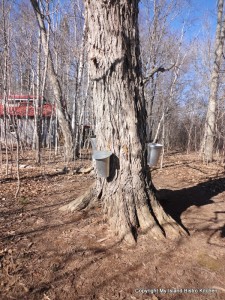
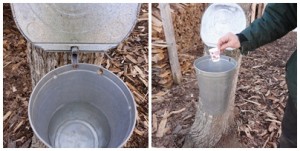
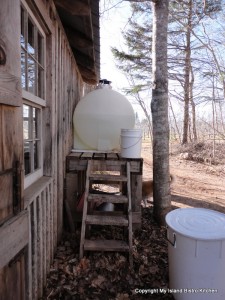
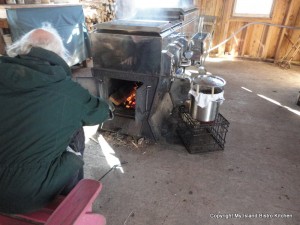
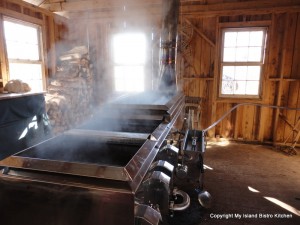
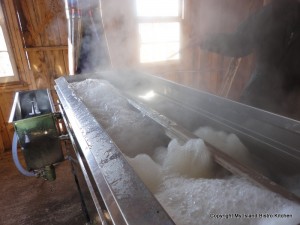
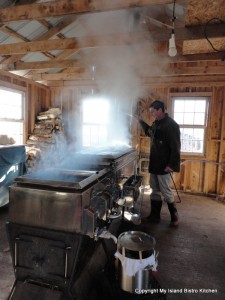
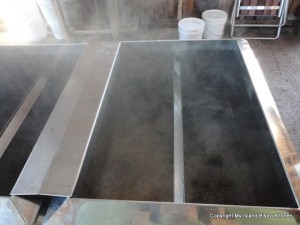
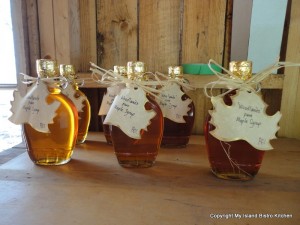
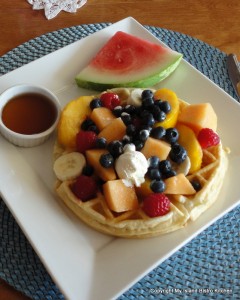
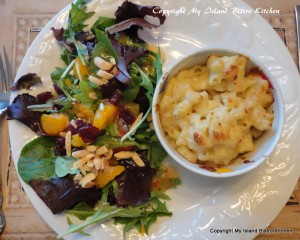
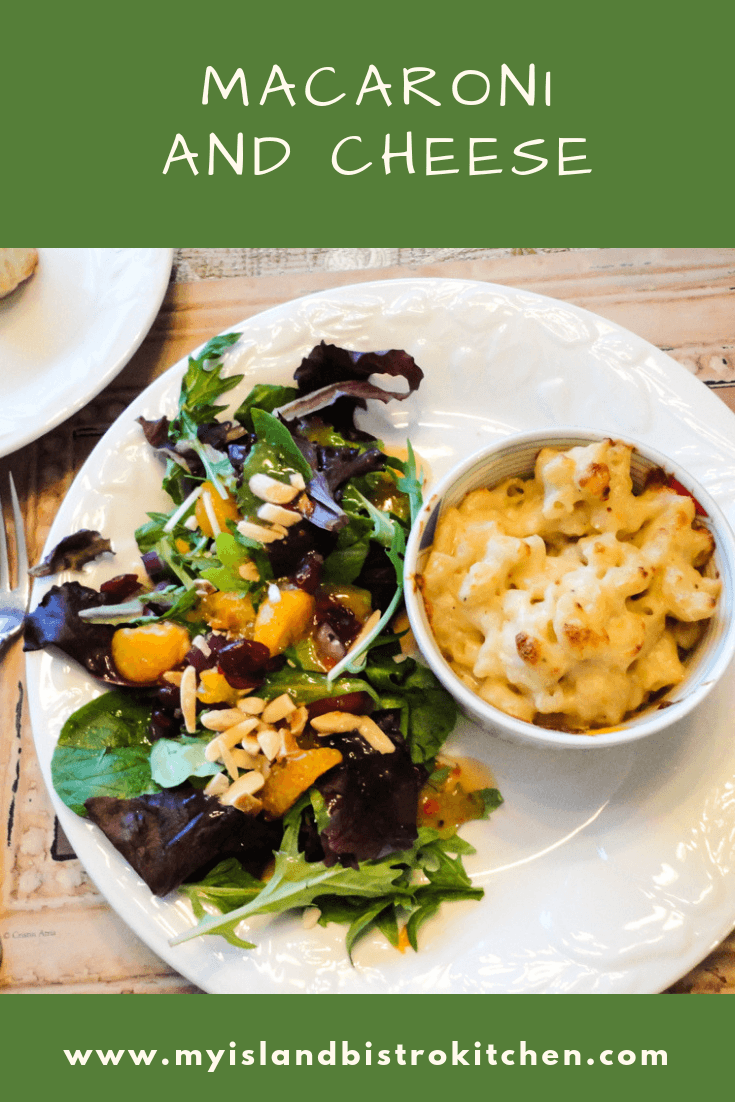
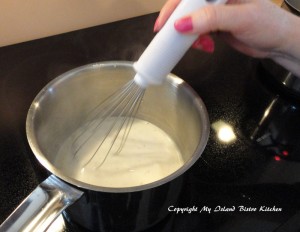 Melt butter in saucepan. Add milk. Combine flour, salt, pepper, nutmeg, cayenne, and dry mustard. Whisk into milk and butter mixture. Cook over medium heat, stirring until mixture is smooth and starts to thicken.
Melt butter in saucepan. Add milk. Combine flour, salt, pepper, nutmeg, cayenne, and dry mustard. Whisk into milk and butter mixture. Cook over medium heat, stirring until mixture is smooth and starts to thicken.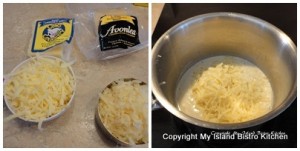 Add cheeses and stir until melted and blended
Add cheeses and stir until melted and blended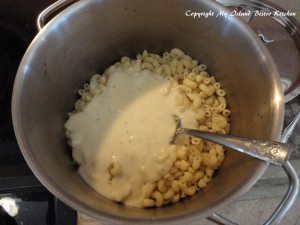 Pour cheese sauce over macaroni and stir until well combined. Turn into a greased 2-quart casserole or divide into greased ramekin dishes for individual servings.
Pour cheese sauce over macaroni and stir until well combined. Turn into a greased 2-quart casserole or divide into greased ramekin dishes for individual servings.
